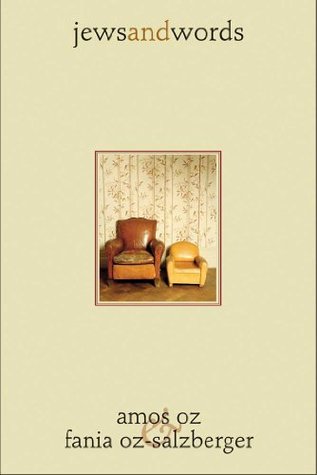More on this book
Kindle Notes & Highlights
by
Amos Oz
Read between
September 18 - September 24, 2018
the national and cultural genealogy of the Jews has always depended on the intergenerational transmittal of verbal content.
The Web, as the historian among us keeps trying to persuade the novelist among us, is a labyrinthine library of letters, a mammoth maze of meanings, and thus a very Talmudic
“No ancient civilization,” Mordecai Kaplan writes, “can offer a parallel comparable in intensity with Judaism’s insistence upon teaching the young and inculcating in them the traditions and customs of their people.”
An informed progeny is the key to collective survival.
So when you ran for your life from massacre and pogrom, from burning home and synagogue, it was children and books you took with you. The books and the children.
For if Jewish succession is about “living to tell the tale,” then a child’s life is important not only for its own obvious sake but also because the child is the precious next chapter in the book.
among the landless, no one was supposed to remain hungry or unclothed, neither the widow not the orphan nor “the stranger among you.” Naomi and Ruth belonged to that class when they came to Bethlehem. But the sheaves of wheat they collected on the margins of Boaz’s field were not charity, not a favor, not out of the goodness of Boaz’s heart. Ancient Israel, you see, was a culture of law-based justice, not kind-hearted philanthropy. That wheat was no longer Boaz’s property. It was the rich man’s legal levy, and the poor women’s rightful desert.
while numerous generations of Jews devoutly believed that without God there would be no grandchildren, deep in their hearts they also knew that without grandchildren there would remain no God.


